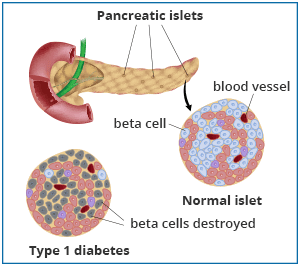CELLS Q and A – Please answer the following questions in point form.
- If a tiny hole is made in a plasma membrane, it usually “heals” immediately, and no harm results. What property of the plasma membrane allows this?
- Lipids, small molecules, and uncharged particles pass into and out of the cell with relative ease. What characteristics of the cell membrane can be inferred from these observation?
- Describe the Fluid Mosaic Model of membrane structure.
- A continuous system of membranous channels is believed to connect the nucleus with the cell membrane. Describe the structure and function of the organelles prominent in this system.
- Why is the nucleus centrally positioned in most eukaryotic cells?
- Describe the structure and function of mitochondria and chloroplasts.
- An inherited disorder in humans results in the absence of dynein (an important structural protein) in flagella and cilia. The disease causes respiratory problems and sterility in males. What is connection between these two symptoms?
- What are the two main types of cells and how do they differ structurally? Hint: the answer is NOT plant and animal cells!
- Most animals are heterotrophs that can move. Most plants are stationary autotrophs. Explain how the differences in the structure of plant and animal cells contribute to these characteristics.
- What challenges face a cell that undergoes a great increase in size? How can the cell overcome these challenges?
- Vinblastine is a drug that interferes with the assembly of microtubules. It is widely used for chemotherapy in treating cancer patients. Suggest a hypothesis to explain how vinblastine slows tumour growth by inhibiting cell division.
- The Endosymbiotic Theory Of Eukaryotic Cell Origin states that mitochondria and chloroplasts were at one time independent organisms that were “enslaved”, so to speak, by an ancient precursor to modern eukaryotic cells. Give some structural evidence in these two organelles that would tend to support this hypothesis.
- Give 3 characteristics you would expect to find in a Protein-secreting cell.


